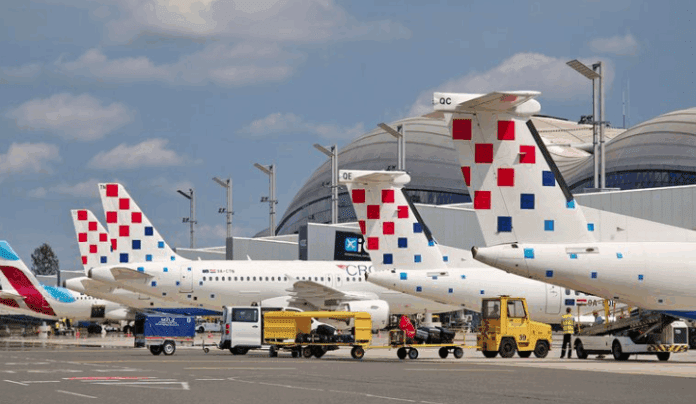Croatia is slowly reversing its brain drain. Around 10,000 Croatians return annually—many from Germany, Argentina, and Chile—as the homeland becomes a more viable place to live and work.
Government incentives aim to reverse emigration
Croatian authorities have recently stepped up efforts to entice emigrants to return home. Economic incentives such as five-year income tax exemptions for returnees and financial grants for launching trades or businesses have been introduced.
Yet, it’s widely acknowledged that broader improvements in Croatia’s living standards are essential for large-scale return migration. That includes narrowing the wage gap between Croatia and the wealthier Western or overseas nations many Croatians once sought for a better life or to escape communism.
A shift in society and perception
Part of the return strategy also involves reforming the country’s institutions to mirror conditions in developed democracies—particularly reducing corruption, nepotism, and politically-driven favouritism.
There are signs of progress. While changes may not be occurring as quickly as many would like, improvements are evident. For example, Germany-based observers increasingly view Croatia as a pleasant and secure place to live, citing its lifestyle, infrastructure, and business opportunities.
Foreign ‘dream lands’ are losing their shine
Meanwhile, some countries once seen by Croatians as “promised lands” are becoming less appealing. Economic challenges, including recessions and crises, along with changes in lifestyle, are prompting many to head back the other way.
Statistical data—arguably the most concrete indicator—supports this trend. Over the past two years, the number of Croatians living in Germany has declined by 10,500, reversing a long-standing pattern of migration.
Sharp decline of Croatians in Ireland
In Ireland—once a popular destination especially among people from Slavonia—the Croatian population has nearly halved. Media outlets increasingly feature stories of families explaining why they’ve returned to Croatia with their children.
Returnees from across the globe
While a number of returnees come from Australia, Canada and the United States, there’s a notable surge in third, fourth, and even fifth-generation Croats returning from South America—many of whom don’t speak the Croatian language.
Their motivation is often rooted in a desire to settle in Europe. While Spain was once their top choice due to the language, followed by Italy, Croatia has now become an increasingly common selection.
Official figures reinforce the trend
Concrete numbers were shared in Parliament this week by Zvonko Milas, State Secretary of the Central State Office for Croats Abroad.
Milas stated that around 10,000 people with Croatian citizenship return to Croatia each year, most commonly from Germany. He also noted that last year, there were 6,700 new acquisitions of Croatian citizenship, primarily from Argentina and Chile.
Growing interest in Croatian language and education
Milas added that over 30,000 people are currently enrolled in online Croatian language courses at the A1 and A2 levels. Additionally, 200 students from the Croatian diaspora and national minorities are studying at Croatian universities through a special admission quota.
A hopeful new beginning
The movement has begun—Croatians are gradually returning home. While not yet at the scale everyone hopes for, the trend has finally shifted in the right direction. There is reason to believe this is just the beginning.
See related story: Slavonija returnees cash in on grants

